10 easy ways to make your Garden Biodiversity Friendly
Before we get into the many ways you can make your garden more biodiversity friendly, let’s discuss what biodiversity actually is. Biodiversity essentially refers to the variety of life on Earth, in all its interactions and forms. If that sounds very broad, it is because it is broad. Biodiversity is one of the most complex features of our planet and it is also the most vital. That is because, without biodiversity, there is truly no future for humanity.
The term biodiversity was coined back in 1985 as a contraction of biological diversity, however, the huge biodiversity losses that are now becoming apparent represent a major crisis, that of climate change. Biodiversity is comprised of many levels, beginning with genes, then individual species, then communities of various creates and finally, entire ecosystems which include coral reefs or forests, where life interplays with the physical environment.
These myriad interactions have made the Earth habitable for billions of years. If you want to look at biodiversity in a more philosophical way, biodiversity represents the knowledge learned by evolving species over millions of years about ow to survive throughout the ever-changing and varying environmental conditions Earth has experienced. Experts are currently warming that humanity is currently ‘burning the library of life’.
Now that you know what biodiversity is and why it is so crucial that we try to restore biodiversity, let’s talk about one of the easiest ways that individuals can help to restore biodiversity: creating a biodiversity friendly garden. There are many different ways you can introduce biodiversity into your garden and more than we can possibly discuss in just one blog post. So, we are going to share with you the easiest ways to do so that you can implement right away.
1. Put the lawnmower away for a while
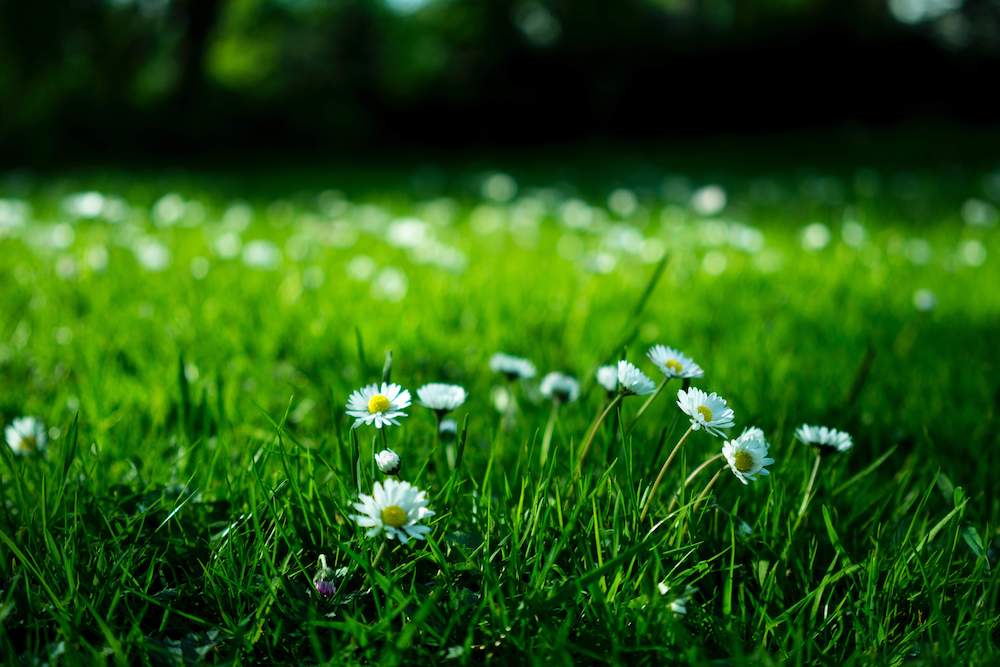
One of the easiest ways to make your garden more attractive to wildlife is by simply putting the lawnmower away for a while: let that grass grow. This will enable your garden to transform into a wildlife lawn and allow wildflowers to grow. This is a vital action for pollinators, in particular bees and butterflies that are so essential for pollinating our crops and it is so easy to just cut your grass less often. This will save you money and is good for the planet.
2. Plant food for the birds
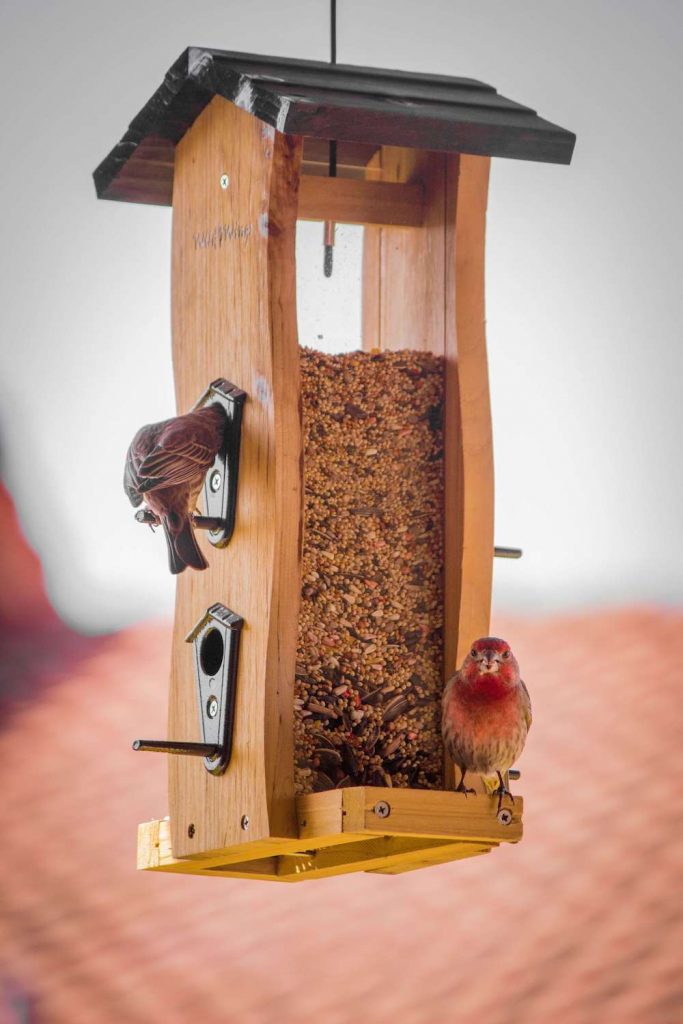
Many of us go out and buy bird seeds in a means to try and attract birds to our gardens. Although this is a good start, there is a better way to ensure you get bird visitors to your garden. You can plant natural food plants such as native ivy, trees and shrubs that produce seeds, fruits and berries that birds can feed on throughout the entire year. This is much more sustainable and is also good for many insects.
3. Plant native trees
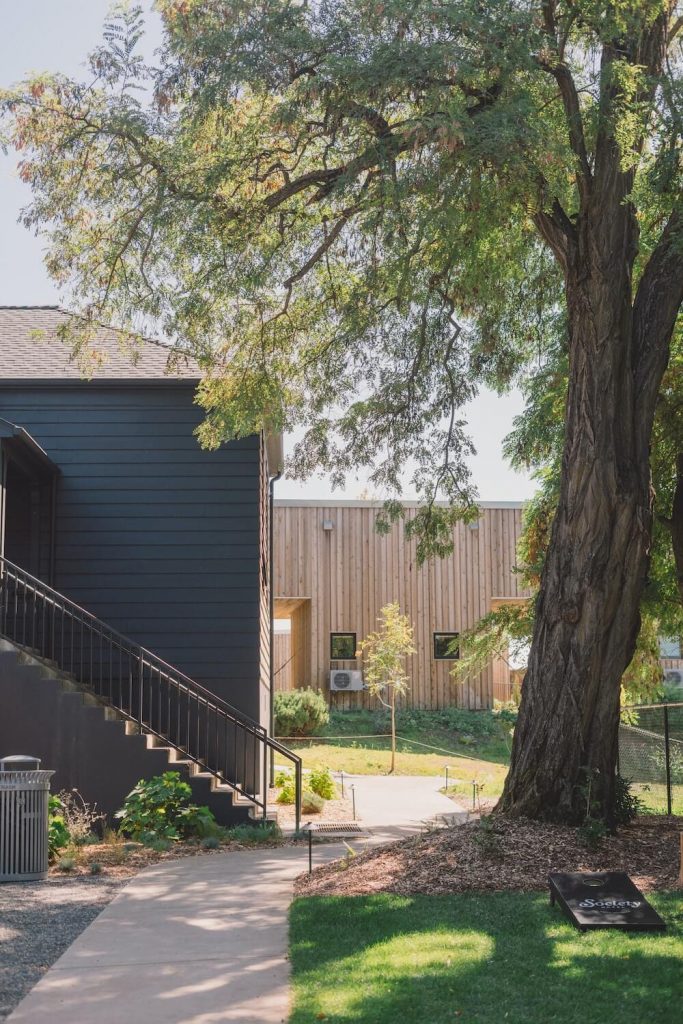
By planting trees that are native to your country, you will be doing more than simply increasing the amount of greenery in your garden. The insect species in our countries have adapted to our native shrubs and trees. Therefore, if you like in Ireland for example, by planting oak, willows, spindle or hawthorn, you are helping all of these insects and the mammals and birds that feed on them as well as helping to conserve the trees themselves.
4. Plant hedgerows
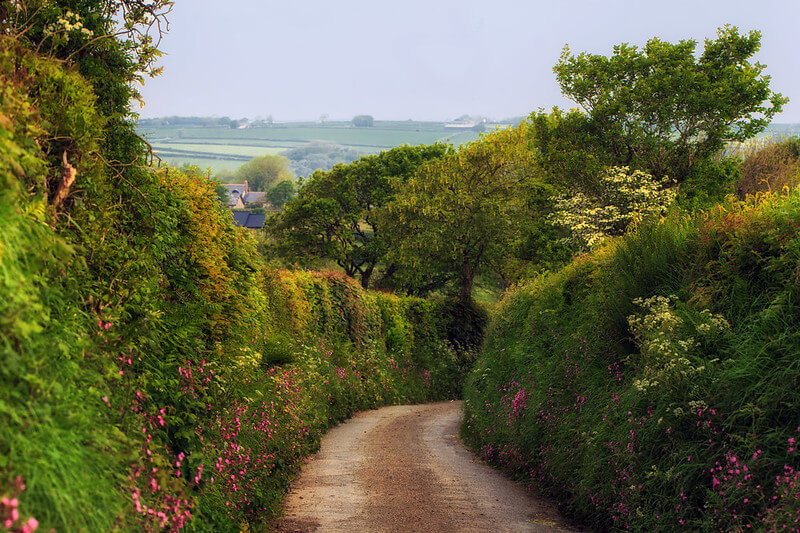
Native flowering hedgerows are essential for all of our wildlife. In Ireland, we have over two million gardens and many of them are large rural gardens. That is a lot of hedgerow we could be managing for wildlife.
5. Make use of insect hotels in your garden

Insect hotels, also known as insect houses or bug hotels are manmade structure created to provide shelter for insects. They come in a variety of shapes and sizes depending on their specific purpose and the specific insect they are catered for. They consist of many different sections that provide insects with nesting facilities. They are an excellent and easy way to host pollinators throughout the entire year since they prove to be amazing in providing insects with shelter in the colder months of the year.
6. Create a pond
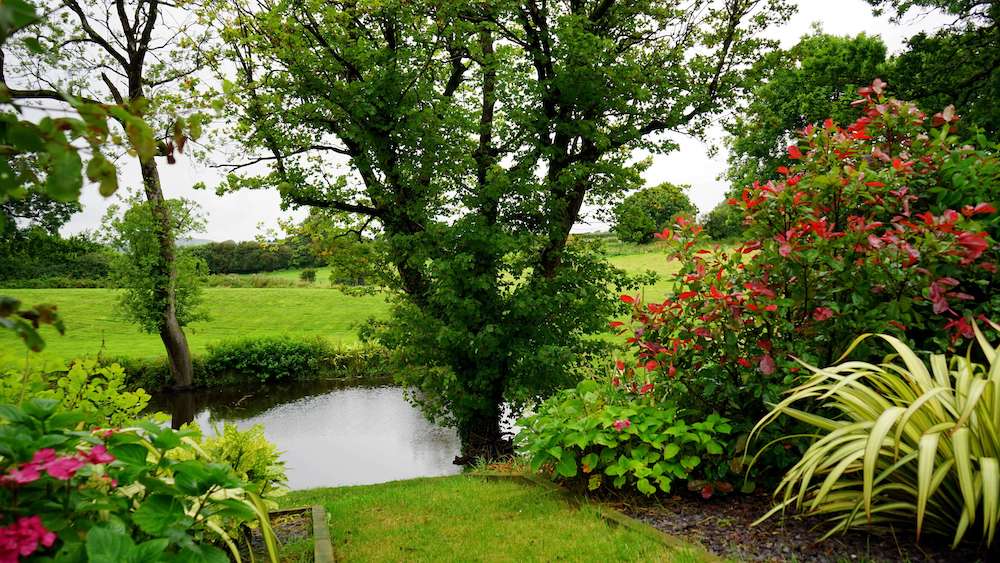
If you can afford it, a pond is an excellent boost for wildlife. It does not need to be a massive pond; you can simply use a buried bucket or trough. If you do want to create a big pond, ensure there are branches and stones to aid wildlife in getting in and out. Ponds are best filled with unchlorinated rainwater from a water butt. To prevent it from becoming stagnant, make use of waterlilies. Also, avoid locating your pond in full share or full sun.
7. Compost
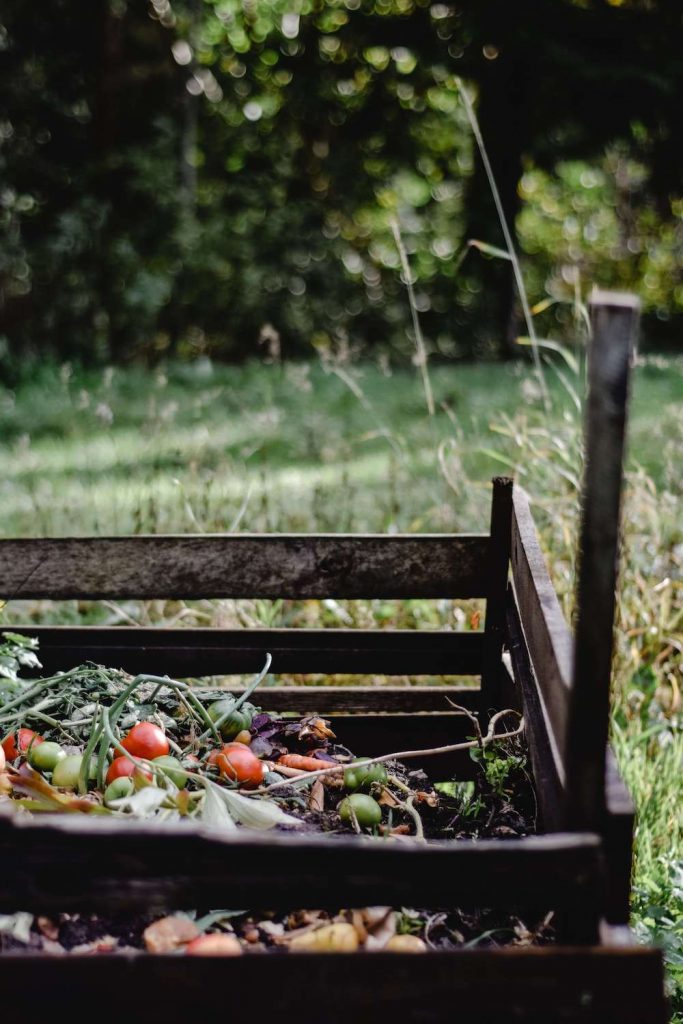
A compost heap is a win-win for both you and wildlife. Creating and using your own compost will naturally enrich your soil. In addition, it provides a habitat for woodlice, worms and the many other insects out there, including slow worms and frogs.
8. Grow flowers
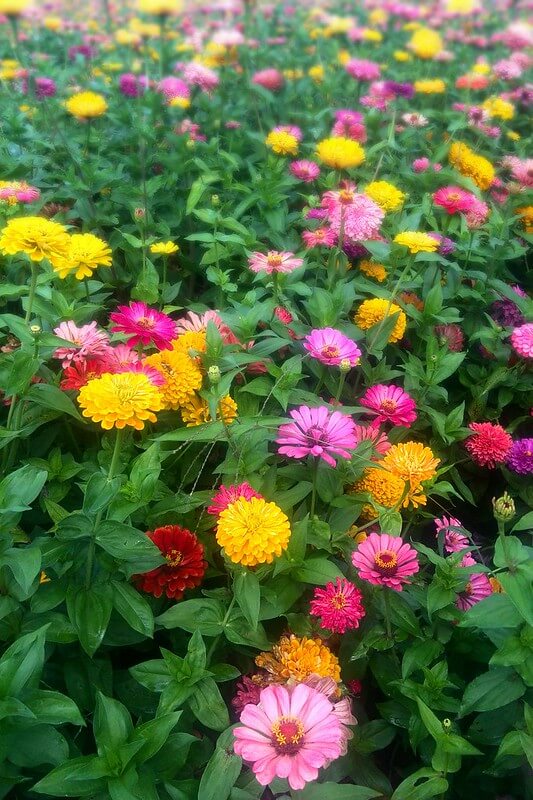
There is nothing more beautiful than a garden filled with flowers. It will bring a beautiful scent and colours to your garden. Flowers also provide food for many different insects so grow as many varieties as you can to ensure you have colour from spring to autumn. Try to go for native species if possible, too.
9. Try to take a break from weeding
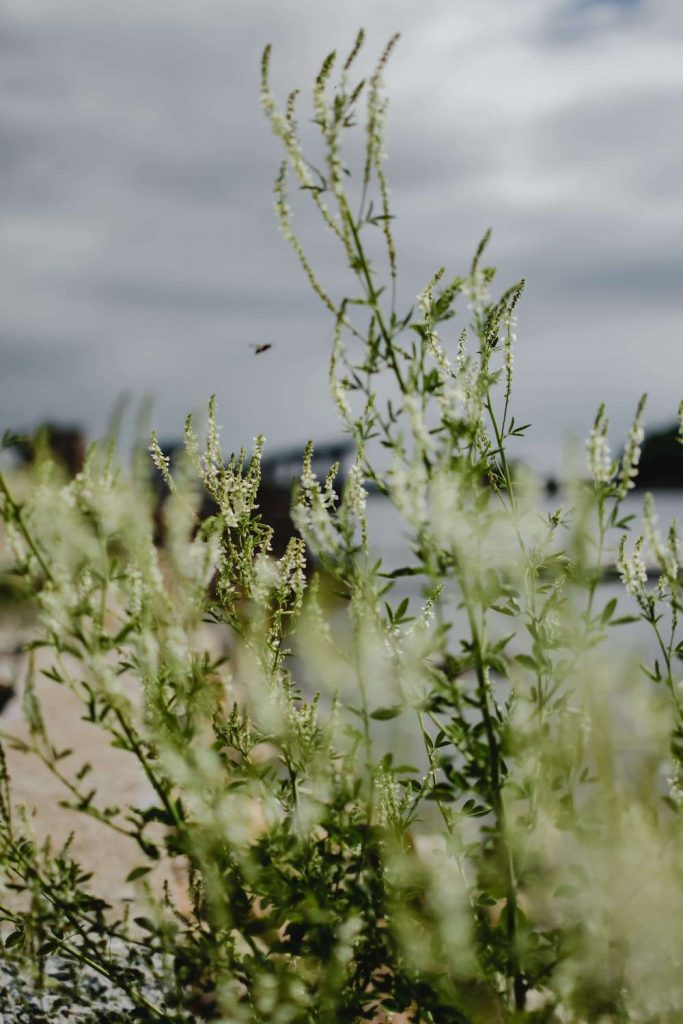
If you want a biodiversity friendly garden, you will have to learn to relax when it comes to weeds. Plants such as daisies, buttercups and nettles are crucial sources of food for many insects, including moths and butterflies. They flower for a long time, despite the weather. So, provide food when other sources may be absent.
10. If you have a fence, leave a gap in it
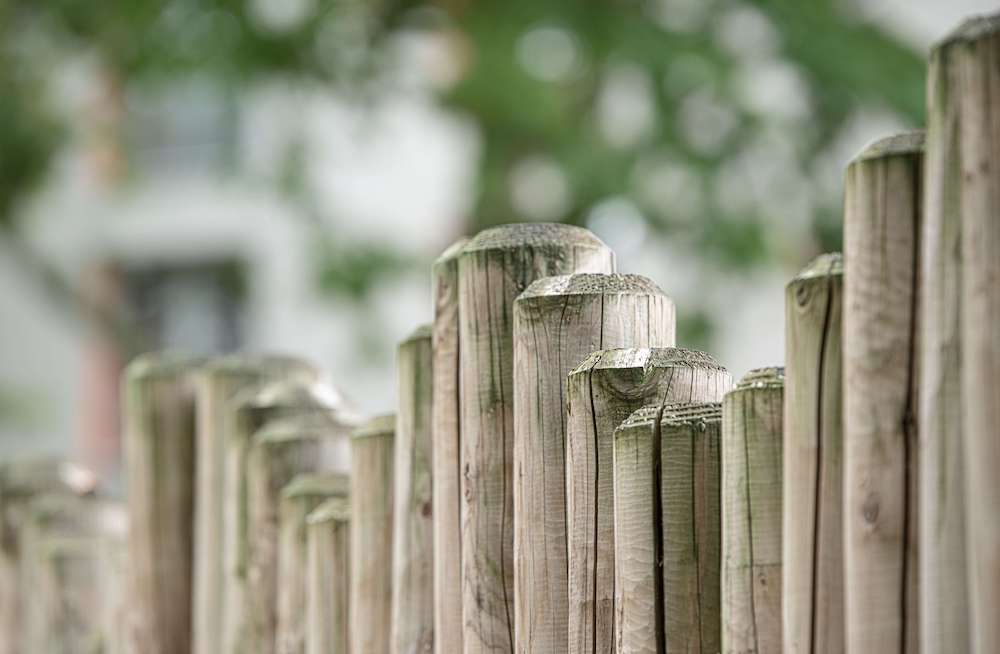
Do not lock out frogs and hedgehogs. Ensure that if you have garden fences that they have some gaps at the bottom to allow the wildlife to enter. This will help to link different habitats together.
In summary..
According to NewScientist, the extinction rate of species is now thought to be around 1,000 times higher than before humans dominated the planet, which could even be faster than the losses after a giant meteorite wiped out the dinosaurs 65 million years ago. It has never been more important to try to restore our wildlife and one easy way to take part in this restoration is by making your garden more biodiversity friendly. This article provided 10 easy ways to do so and most are incredibly cost effective whereby you do not need to go out and buy anything.


